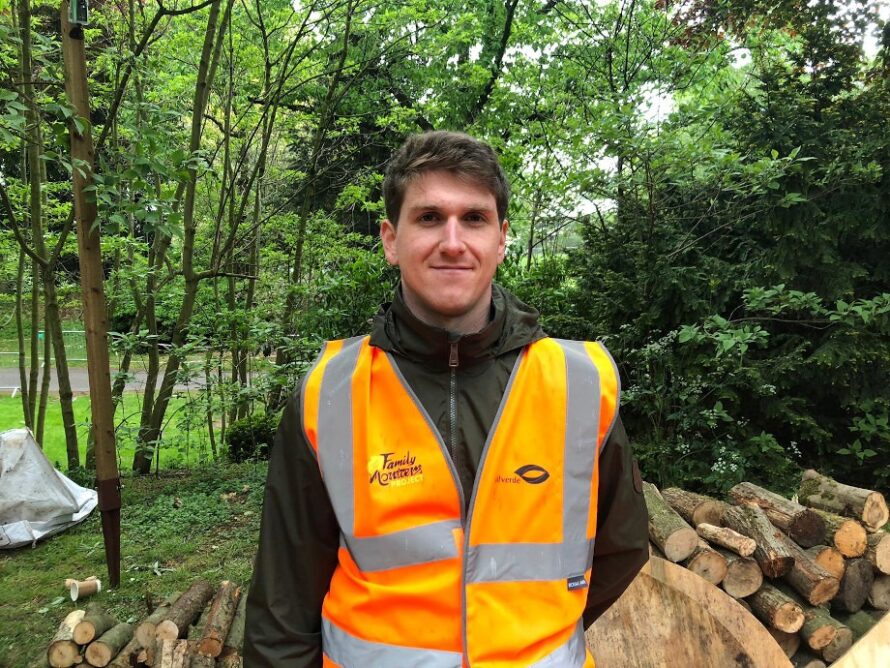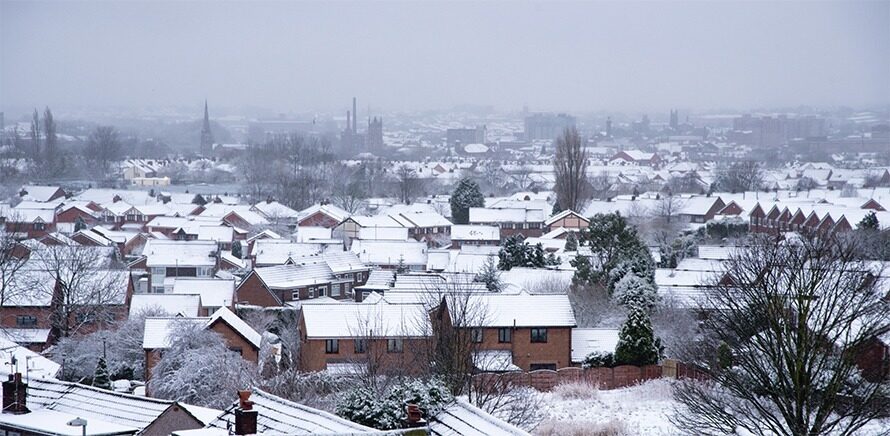How do you ensure biodiversity thrives alongside a major urban development?
The creation of the Queen Elizabeth Olympic Park venues ahead of the 2012 Olympic Games resulted in a loss of 45ha of nature conservation sites.
Although habitats disappeared, the development provided opportunities to regenerate part of east London, particularly Stratford, and to put in place new ideas about the role and design of urban parks.
The London 2012 Olympic and Paralympic Games planning permissions placed an obligation to not only provide 45ha of replacement parkland but also to improve the quality of habitat. This would be delivered via a comprehensive biodiversity action plan (BAP).
Of the 45ha of new habitat set out in the BAP, 20ha would include species-rich grasslands to replace the loss of previously designated sites of importance to nature conservation, as well as action plans to protect 28 species or species groups.
Since the creation of the first BAP in 2008, a further two iterations of the “legacy BAP” have been developed by contractor idverde to guide the long-term management of the park and to create and enhance habitats for the priority species.
In September 2020, the London Legacy Development Corporation published the second draft of the Olympic Park’s legacy BAP, which reported the discovery of several rare plants and animals living at the site, including six “schedule one” birds, which are among the most protected in the UK, and more than 1,100 invertebrate species, including 91 with a significant conservation status. But with so much activity and development in the area, how was the BAP carried out?
Thorough understanding
“Creating and implementing a BAP needs a thorough understanding of local, regional and national biodiversity,” explains idverde operations director Alistair Bayford. “This includes the habitats present, their condition and prevalence or scarcity and the species present, whether they are abundant or rare. This will shape the aims and objectives and how habitats and the species they support might be protected, managed and enhanced.”
Grounds maintenance and landscaping specialist idverde provides its BAP services as part of its facilities management contract with the London Legacy Development Corporation, the owner of the Olympic Park. The BAP is delivered by idverde biodiversity manager Catherine Norris, who oversees the BAP aims and objectives, engaging the services of specialist surveyors and volunteers (park champions) to monitor and record the species present and the condition of habitats. This data is recorded in an annual report of biodiversity performance as part of idverde’s contractual obligations.
“There is a clear mechanism for the implementation of the BAP and the monitoring and reporting of successes and failures,” says Bayford. “We produce an annual monitoring report that assesses the condition of habitats throughout the park, the species present and, where possible, their population size. This enables us to assess fully the current impacts of management and usage of the park and how management regimes might need to be adapted in the future.”
The next steps for the Olympic Park are to monitor and record the habitats and species and continue to establish green and blue infrastructure. Bayford says this will need careful planning to respond to the growth of the park and the introduction of new uses and communities, which will place an increasing demand on its green assets.
“The Olympic Park is particularly challenging given the amount of change in the immediate surroundings and as the local population increases, and with it demand on the park’s open space for recreation, the areas dedicated to biodiversity will be placed under pressure,” he says.
Looking ahead, Bayford also stresses the challenges placed on the park’s biodiversity by the changing climate. “Species wholly dependent on certain habitat types are under threat and our management techniques are aimed at protecting those habitats,” he adds.
“However, with a changing climate, the resilience of some species is limited and the habitats are in decline. As temperatures increase, or as new pests and diseases become prevalent, some species are particularly susceptible. Another challenge is invasive species, and biosecurity must be a priority.”
Notable species listed in the 2020 BAP include the streaked bombardier beetle, the brown-banded carder bee and birds such as the black redstart and sand martin, among others (see below).



